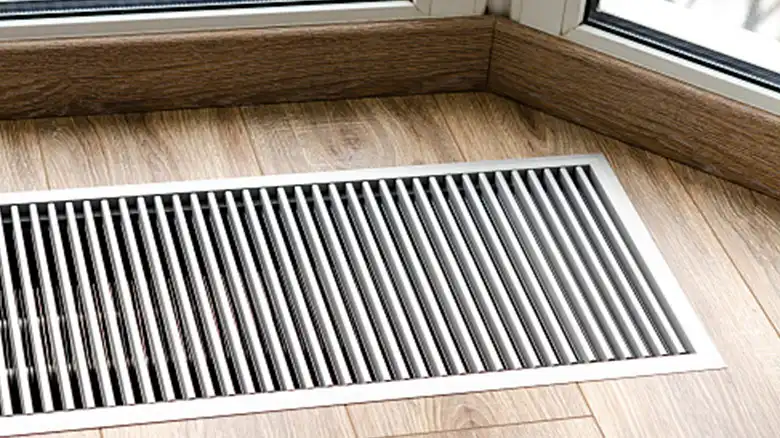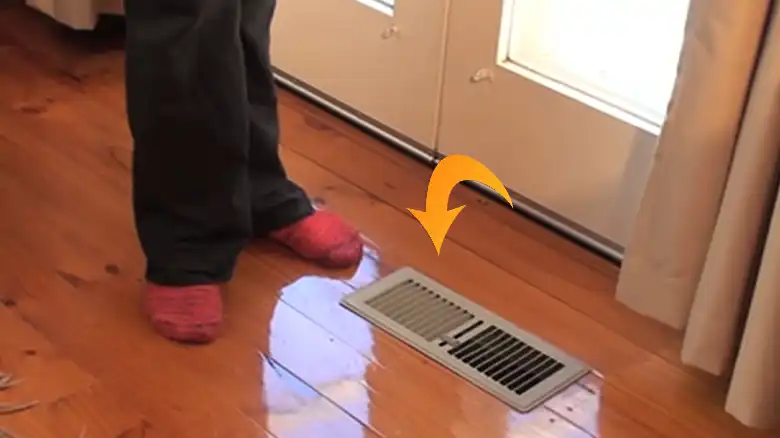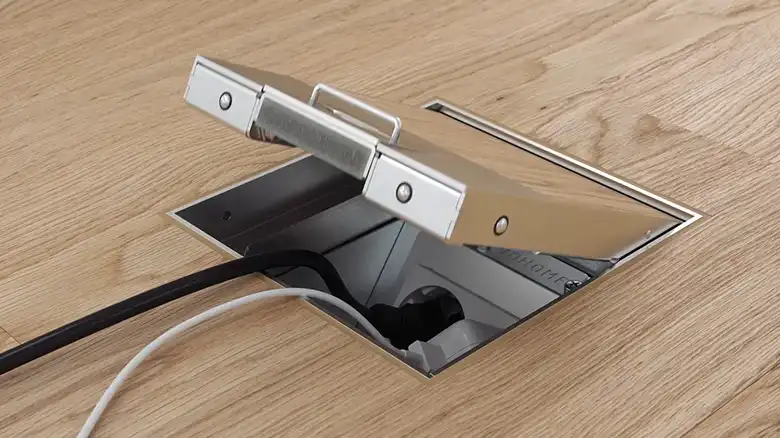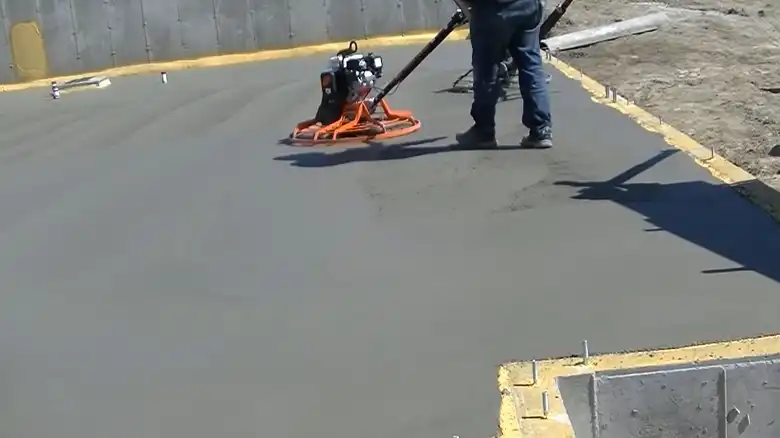Buffing pads are essential tools for polishing a variety of surfaces, from cars to furniture to countertops. But when it comes to buffing, should you use a wet pad or a dry pad? The answer depends on a number of factors, including the type of surface you’re polishing, the product you’re using, and the desired outcome.
Generally speaking, wet buffing pads are better for polishing delicate surfaces, while dry buffing pads are better for polishing hard surfaces. Wet buffing pads produce a better finish, but they can be more difficult to use and can take longer. Dry buffing pads are easier to use and faster, but they can produce a less durable finish and can be more likely to cause damage.
In this article, together, we’ll explore the different pros and cons of wet buffing and dry buffing, and help you decide which method is right for your specific needs.
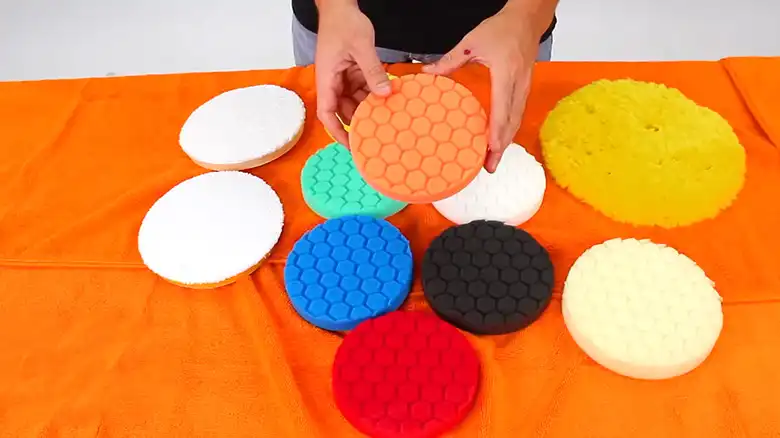
In Which Condition You Should Use the Buffing Pad: Wet or Dry?
The general rule of thumb is to use wet buffing pads when you are working with delicate surfaces or when you need to produce a high-gloss finish. Wet buffing reduces friction and heat, which can help to prevent damage to the surface. It also helps to reduce dust and debris, which can make the job cleaner and easier.
Dry buffing pads are better suited for tasks where you need to remove heavy oxidation or scratches. Dry buffing is also faster and more efficient than wet buffing, so it is a good choice for large jobs.
Here is a more detailed breakdown of when to use wet and dry buffing pads:
When You Should Use Wet Buffing Pad?
- Using a wet buffing pad is recommended for the polishing stage. The pad is lightly misted with water or a quick detailer to provide lubrication between the pad and the paint surface. This prevents scratching or swirl marks as the polishing compound removes defects.
- Wet pads help to extend the working time of polishes and compounds. The water prevents the products from drying out too quickly.
- For heavier cutting on oxidized or scratched paint, a wet foam pad helps moderate the polishing action. The water creates a smoother buffing motion.
- Applying polish or compound to a wet pad helps it spread easily and evenly over the paintwork. The products will not blob up or dry out as rapidly.
When You Should Use Dry Buffing Pad?
- Dry pads are ideal for the final finishing step. After polishing with a compound, a dry pad will remove any oily residue and create a sharp, high-gloss finish.
- Using a dry pad for applying wax protects the paint while allowing the wax to bond directly to the clear coat.
- Dry pads are best for removing surface dust or contaminants before polishing. The pad lifts dirt away without rubbing it into the paint.
- For quick touch-up waxing or removing water spots, a dry pad avoids streaking or smearing on the paint.
Pros and Cons of Using Wet and Dry Buffing Pad
Using the buffing pad in both dry and wet conditions have several advantage and disadvantages. Here I have provided the positive and negative sides of both using wet buffing pads and dry buffing pads.
Pros and Cons of Using Wet Buffing Pad
| Pros | Cons |
|---|---|
| Provides lubrication for a smooth buffing motion | Can dilute polishes and decrease cut |
| Minimizes swirls and light scratches | May require more products to compensate for the water |
| Keeps pad from overheating | Dries out quickly requiring reapplication of water |
| Allows longer working time for products | Can lead to hazing if not fully buffed off |
| Helps spread products thin and evenly | Allows polish residue to spread to unbuffed areas |
Pros and Cons of Using Dry Buffing Pad
| Pros | Cons |
|---|---|
| No hazing or residue left behind | Increases risk of paint swirling or scratching |
| Creates sharp, clear finish | Can cause excess heat from friction |
| Allows waxes and sealants to bond directly | Products dry out rapidly |
| Easier to see where pad has buffed | Uneven product application |
| No streaking or water spots | Sticky, grabby pad movement |
Using buffing pads in both wet and dry conditions has its benefits and drawbacks. A key factor is assessing the type of paint defect that needs correcting. Deeper swirls or oxidation require a wet pad for safe cutting action, while minor haze or wax removal calls for a dry pad. Checking the paint’s condition will determine the best approach.
Switching between wet and dry methods may be needed at different stages. For example, applying polish with a wet pad, and then refining the finish with a dry pad. Finding the right balance delivers a crisp, scratch-free shine. Maintaining separate pads for wet and dry use prevents any contamination between polishing steps.
With experience, detailers can gauge when freshly misted or completely dry pads are optimal for the results they need. The goal is to work efficiently while minimizing any risks of paint damage from aggressive buffing. Mastering wet versus dry pad techniques improves quality and productivity.
Conclusion
Determining whether to use a wet or dry buffing pad depends on the specific job at hand. Wet pads provide lubrication for defect removal but may leave hazing, while dry pads create sharper clarity at a higher risk of swirls. The paint condition and products used impact the choice as well. Using both wet and dry methods at different polishing stages helps moderate cut and refine the finish. With experience, detailers learn to balance the benefits for optimal results. Understanding pad moisture principles provides a key advantage in paint correction and achieving stunning clarity.
Thanks for reading! I hope this article provided helpful insights on when and why to use wet versus dry buffing pads for auto detailing. Let me know if you have any other questions in the comments below!

